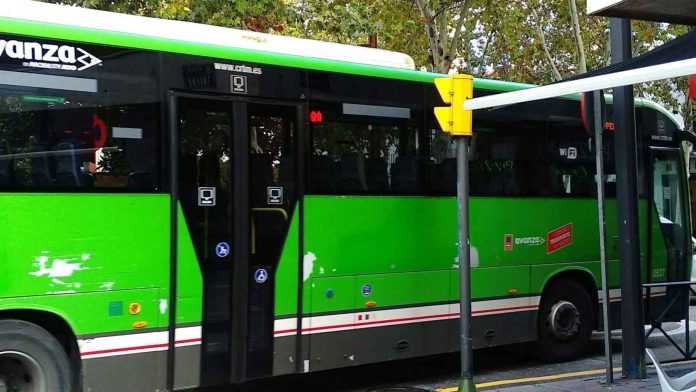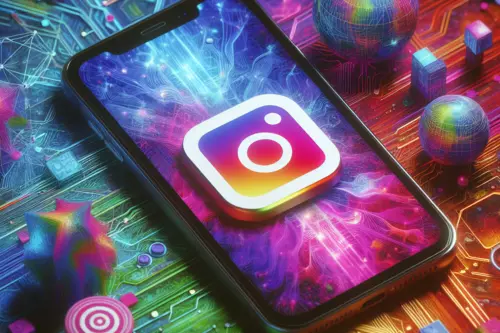Artificial intelligence and mobile sensors can help blind people reach certain places, such as bus stops.
The artificial intelligence that has become popular in recent months is nothing more than the tip of the iceberg of a technological revolution that will change the way millions of people do many things in the daily lives, both in Spain and in other countries. A good example is the application All_Aboard, which helps blind people to take the bus autonomously.
Although there were already applications that guided blind people to certain GPS coordinates, this new application does it much more precisely, even identifying elements through artificial vision, to ensure that the person has arrived exactly at the stop they wanted. In this way, the problem of GPS accuracy, which is not always the same, is avoided.
This application has been developed by a team of scientists from the Massachusetts Eye and Ear Research and Treatment Center, which is attached to Harvard University. It has been designed to be used in conjunction with a GPS positioning application, such as Google Maps.
Using the camera
The biggest innovation of this application is the use the camera to, through artificial intelligence, effectively cover the last few meters. What the application does is work like sonar, emitting beeps as the person approaches the place they want to go, in this case the bus stop.
As you get closer, The beeps will vary to confirm that the path taken is the correct one.. That’s when the camera comes into play, which through artificial intelligence is capable of recognizing certain elements typical of a stop, such as the plate that announces the number of the line that passes through there. This way, it is much easier to ensure that that person gets to the exact point.
This application It is based on a deep learning neural network which has been trained with about 10,000 images of bus stops within a specific city. The app is able to visually identify the target stop sign if it is less than 15 meters away. Once the signal has been detected, the app changes the sonar sounds to get you as close as possible to the signal, which is where the buses stop.
This makes a significant difference in accuracy. which is achieved when bringing these users closer to the stops. For example, Google Maps alone had a success rate of 52%, while All_Aboard had a success rate of 93%. Furthermore, while the average distance between the end point of the map and the actual bus stop was just over 6.5 meters with Google Maps, it was only 1.5 m with All_Aboard.

All_Aboard has been designed to be used in 10 major cities from around the world and is currently available for use on iPhone, through the App Store. It can also be used on Android phones, with the application in the Google Play Store. The only drawback is that its expansion depends on preparing the application for each city.
At the moment it is available on the Massachusetts Transportation Network (MBTA), the New York City MTA, California CA Transit, Chicago CTA, Los Angeles Metro, Seattle Metro , on the Washington DC Metrobus and, outside the United States, on the Toronto TTC, London Bus Services and on buses and trams in Germany.












